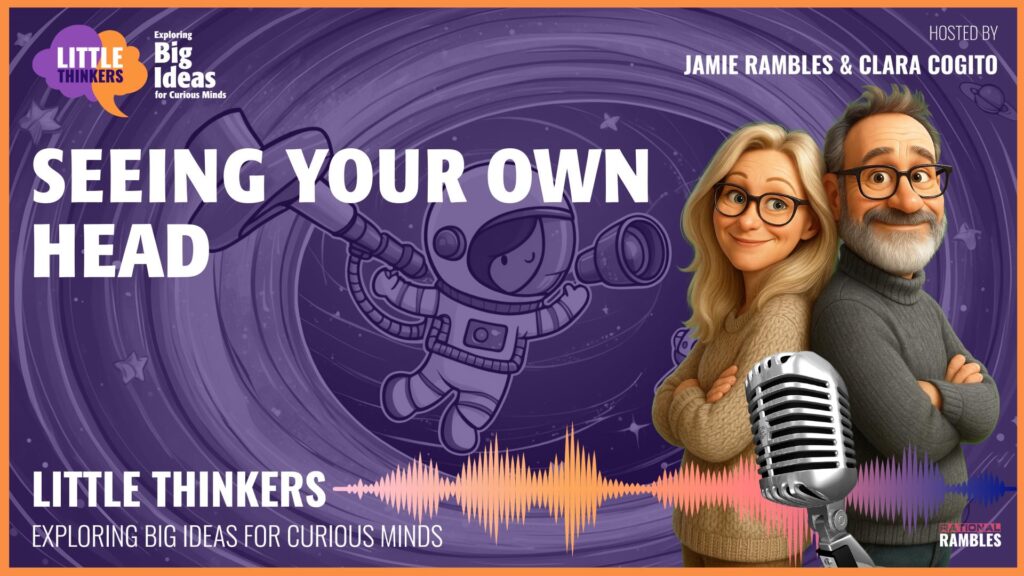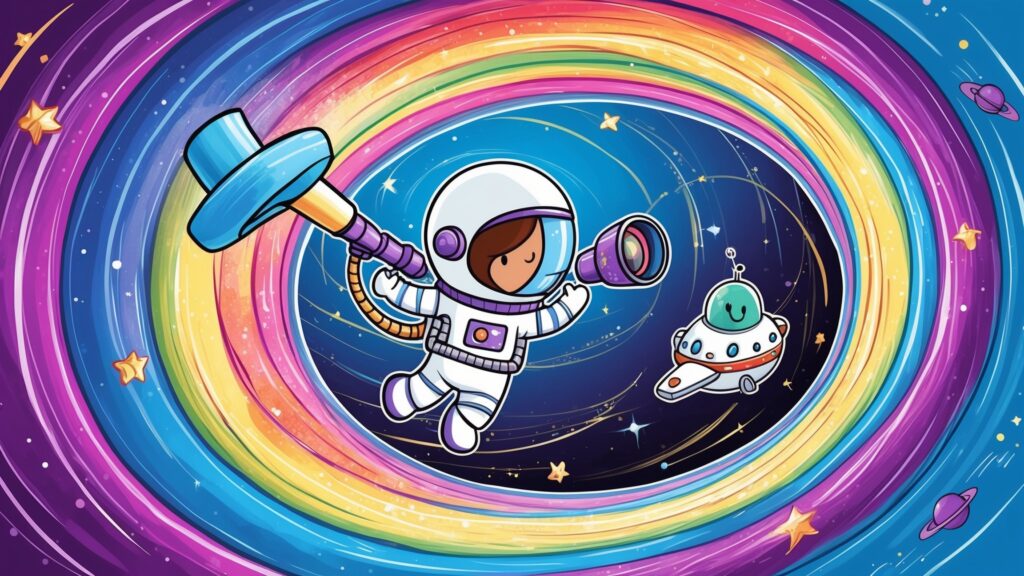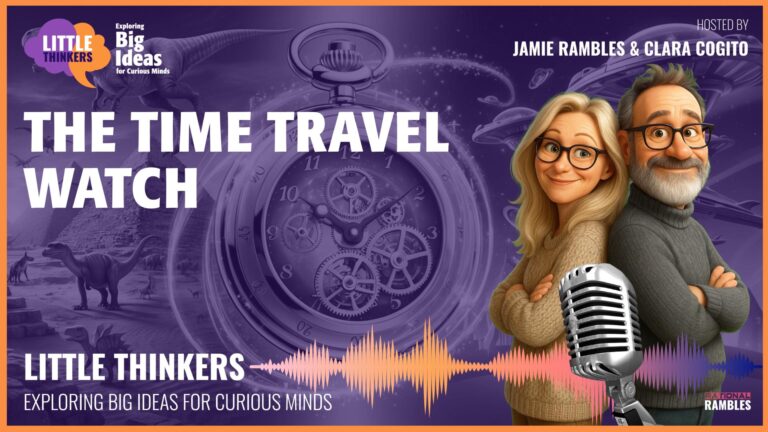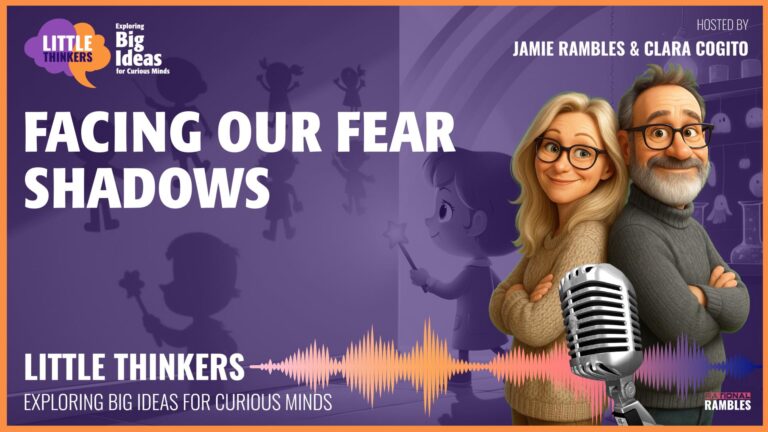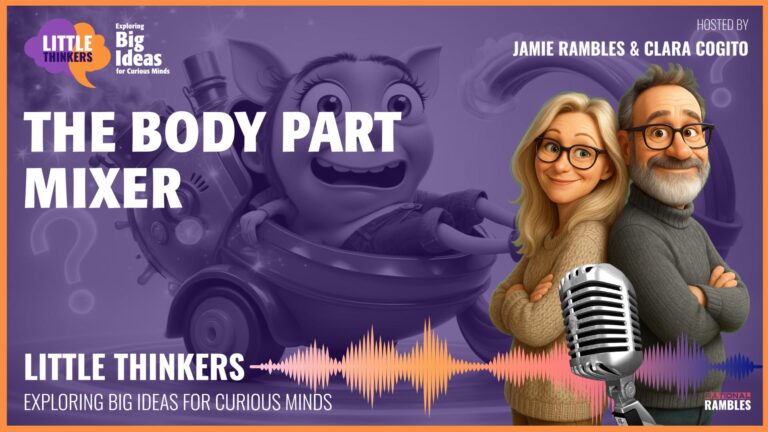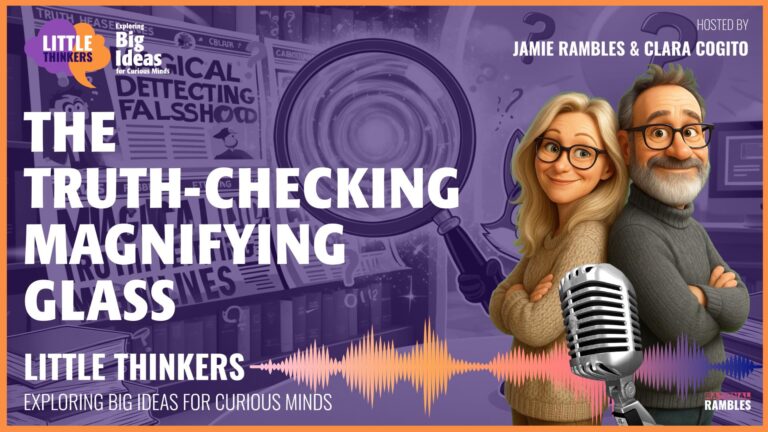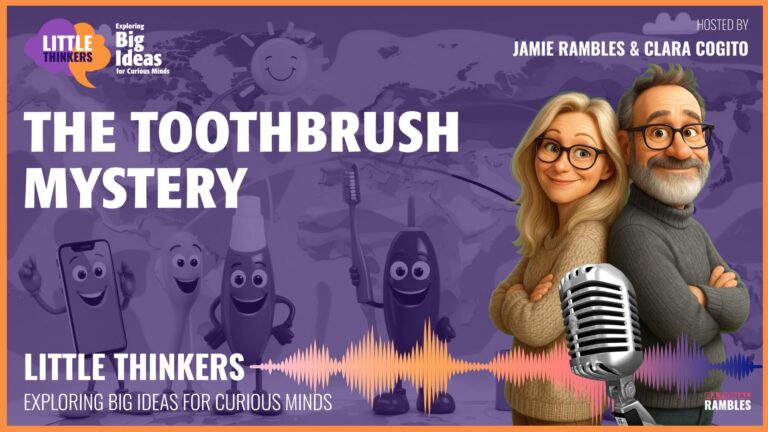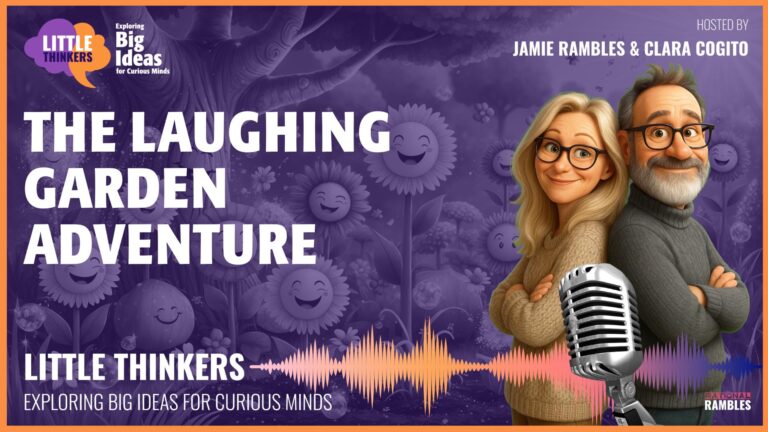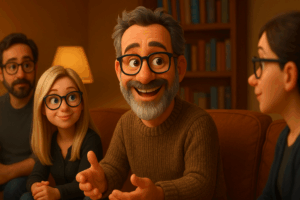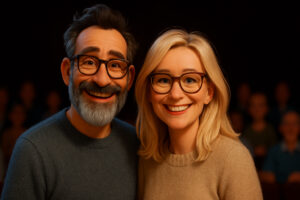Could You See the Back of Your Own Head? The Amazing Cosmic Selfie!
What if the Universe Was Like a Video Game?
Have you ever played a video game where your character walks around a tiny planet? If you keep walking in one direction, you end up back where you started! What if our real universe worked the same way? That would be pretty amazing, right?
Scientists think our universe might actually be shaped in a way that if you traveled in a straight line for an incredibly long time, you could end up right back where you started! This is one of the coolest and strangest ideas in all of science.
The Ant on a Ball Experiment
Let’s try an experiment in your imagination. Think about a tiny ant walking on a ball, like a baseball or basketball. The ant thinks it’s walking in a straight line, but because the ball is round, the ant will eventually return to the same spot!
The ant doesn’t fall off because the ball is curved. Our universe might be curved too, but in a way that’s harder for us to picture in our heads.
Try this at home!
Get an orange and a small toy. Place the toy on the orange and move it in a straight line. Notice how it can go all the way around and return to where it started without ever changing direction!
The Most Amazing Telescope Ever
Now here comes the mind-blowing part! If our universe is shaped like this, something incredibly weird could happen.
Imagine you had the most powerful telescope ever created—a zillion times stronger than any we have now. If you pointed this super telescope into space and looked far, far away, you might see something surprising.
What would you see? The back of your own head!
WHAT?! How is that possible?
It works like this: Light from the back of your head travels outward in all directions. Some of that light would travel all the way around the curved universe and return to where you’re standing. If you had a telescope powerful enough to see it, you could see your own head from behind without using a mirror!
The Cosmic Selfie Problem
There’s just one tiny problem with this cosmic selfie. The light would take billions of years to travel all the way around the universe. So you wouldn’t see what your head looks like now—you’d see what it looked like billions of years ago!
Since none of us were alive billions of years ago, we wouldn’t actually see ourselves. But maybe we could see dinosaurs this way! Light that left Earth during dinosaur times might have traveled all the way around the universe by now.
Is Our Universe Really Like This?
Scientists don’t know for sure if our universe is shaped this way. They’re still trying to figure it out! It’s like a giant cosmic mystery we’re all working on together.
Some scientists think the universe might even be shaped like a giant donut! Mathematicians call this shape a “torus” (sounds like “tore-us”). If the universe were donut-shaped, light could travel through the middle hole as a shortcut!
What shape do YOU think the universe might be?
- A giant ball?
- A massive donut?
- A super-huge pretzel?
- Some shape we can’t even imagine?
The Balloon Universe: What’s Inside?
If we say the universe is like a balloon’s surface, you might wonder: “What’s inside the balloon? And what’s outside it?”
That’s one of the biggest brain-twisters of all! When scientists talk about the universe being like a balloon, they’re just talking about the shape, not saying there’s actually something inside or outside it.
It’s super hard to imagine! Let’s try a different way of thinking about it.
The Paper Ant World
Imagine you’re a tiny ant living on a flat piece of paper. Your whole world is flat, and you can only move forward, backward, left, and right. You can’t go “up” off the paper because in your flat world, “up” doesn’t exist!
Now imagine we bend that paper into a circle and connect the ends, like a paper bracelet. You, the ant, still only walk on the paper surface, but now you can walk in a “straight line” and end up where you started!
You don’t need to know about the 3D space around the paper to walk on it. You just experience your 2D paper world!
Our universe might be like that, but with more dimensions. We only experience the “surface” our universe is made of, not what might be “inside” or “outside” it. Wild, right?
Cosmic Pac-Man: A Universe with No Edges
Here’s something amazing to think about: our universe might be like a giant game of Pac-Man!
Remember how in Pac-Man, when you go off one side of the screen, you appear on the opposite side? The maze has a certain size but no edges—you just wrap around!
Our universe might do the exact same thing, just in more dimensions! It could have a certain size (be finite) but have no edge to fall off of.
A Universe with No “The End” Sign
Think about a regular book. It has a first page and a last page. It has an end.
Now think about a ring. If you trace your finger along it, you can go around and around forever. There’s no start point or end point.
Our universe might be like the ring, not the book. It doesn’t go on forever (it has a certain size), but it also doesn’t have an edge or an end!
Could We Really Fly Around the Universe?
You might wonder: “Could we build a spaceship that could actually test this? Could we really fly straight and come back to where we started?”
The universe is so incredibly huge that even our fastest spaceships would take billions of years to make the trip. That’s longer than humans have even existed!
But who knows what amazing technology we might invent in the future? Maybe someday, children who are just being born now will grow up to invent super-fast spaceships or build that ultra-powerful telescope we need to see around the universe!
Seeing Double: Cosmic Déjà Vu
If the universe is wrapped around like we’re talking about, there’s another cool thing that might happen. We might see the same stars and galaxies repeated in different parts of the night sky!
It would be like cosmic déjà vu—seeing the same thing twice. Scientists actually look for these repeat patterns in the stars and galaxies. So far, they haven’t found any definite repeats, which might mean the universe is so incredibly huge that the patterns are too far away to see, or maybe the universe isn’t shaped how we imagine.
Big Ideas Made Fun
The cool thing about thinking about space and the universe is that even when we’re talking about things that are super complicated and far away, we can still understand them by thinking about everyday things like ants on paper, video games, or balloons!
Big ideas can be fun when we use our imagination to explore them. Our brains let us travel to places our bodies can’t go yet!
What Do YOU Think?
Next time you look up at the stars, think about these big questions:
- What shape do you think the universe might be?
- If you could build the world’s most powerful telescope, what would you hope to see?
- If you sent a message in a spaceship going in a straight line, could it ever come back to you from the opposite direction?
The universe is full of mysteries waiting for curious minds like yours to explore them. Maybe someday, YOU will help solve the puzzle of our cosmic shape!
Remember!
Even the smartest scientists don’t know all the answers yet. That’s what makes science so exciting—there’s always more to discover and imagine!

